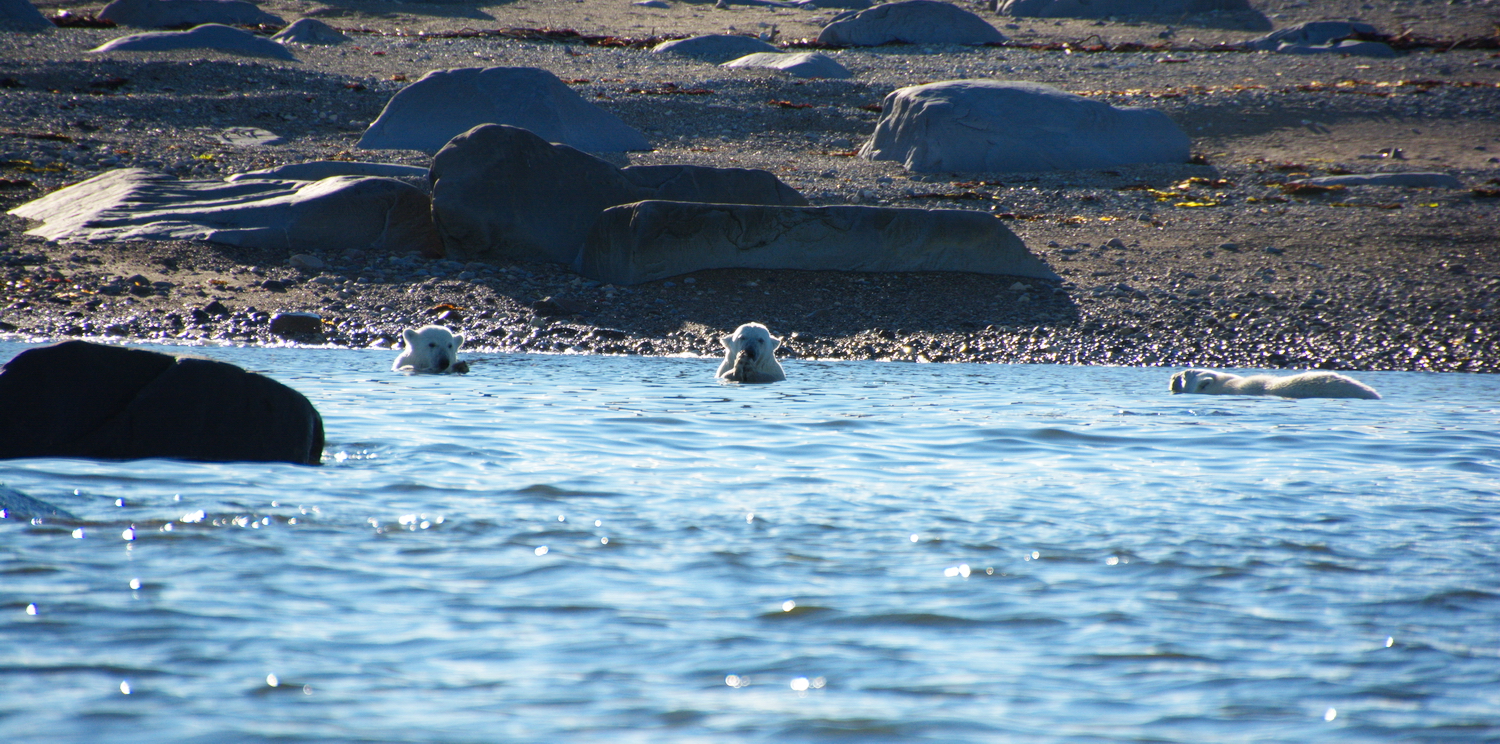We’ve added a new gallery to Laughing Frog Images – Detroit Toledo & Ironton in Michigan, 1982-1984.
Much like the Grand Trunk Western, the Detroit Toledo & Ironton in eastern Michigan was a natural side trip to the pursuits of the Port Huron and Detroit.
Detroit Toledo & Ironton’s Flat Rock Yard was an easy diversion off of I-75 between Toledo and Detroit. DT&I power was showing up on the GTW in Port Huron.
And, back then, in a galaxy far far away in a time long ago, as long as you checked in, stayed off of the tracks and equipment, and didn’t do anything stupid, you could take your pictures in peace.
So, it was easy.
But… easy shooting of the DT&I didn’t always mean that it was in the best light. As a matter of fact, sometimes the light was downright terrible. every once in a while, I got lucky – but it seems like high noon and clouds were the norm fo rme back then. I’ve tried to make all of the images as close to perfect as I can, but in some cases, they’re dark below the frame. Some look like they’re floating on a sea of black. I debated whether or not to include some of them – but I decided to include them, as a dark underframe on a DT&I unit is better than no DT&I unit at all. The Detroit Toledo & Ironton was disappearing during this time, and I tried to make the most of the opportunities I had.
The ultimate question that arises from this gallery is simple: which one is the correct shade of DT&I orange?
As with the GTW gallery, this gallery will likely appeal to model railroaders as well as the ferroequinologists out there.
Enjoy!






























